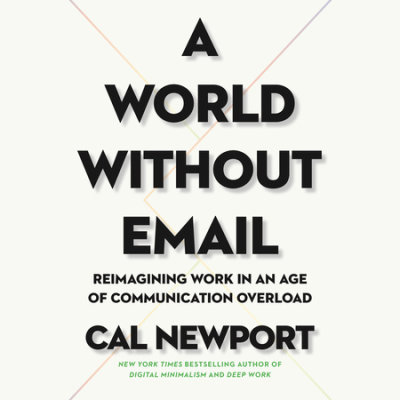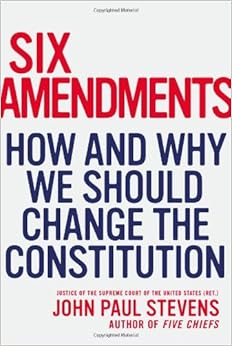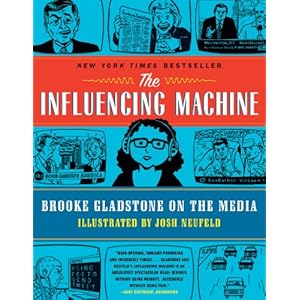The Bomb is a posthumously published essay by noted historian (or “master of agitprop”) Howard Zinn. It features a short preface, written by indie publisher and activist Greg Ruggiero, in praise of Zinn’s work and advocacy of civil disobedience ahead of the main text divided in three parts.
Part the first: Introduction. Zinn describes his return to the US for a month’s furlough following the end of the Second World War in Europe. While in New York, he read about the dropping of the atom bomb on Hiroshima and recalls rejoicing with his wife over that fact, not knowing what it meant except that his furlough was about to become indefinite since the war was surely over.
Zinn describes some of his experience as a bombardier, far removed from the people and buildings who were his targets from an elevation of 30,000 feet. Indeed, he makes the claim that “to this day, the vicious reality of aerial bombing is lost to most people in the United States,” as it was to him during the war. Despite improvements in technology, Zinn points out that innocent casualties still persist today when the lives of “suspected terrorists” and Afghan wedding parties alike are ended by drone missiles.
But Zinn’s “shock of understanding” came after reading John Heresey’s interviews with Hiroshima survivors. The grisly details of the effects of fallout and radiation poisoning caused him to recall his own bombing missions, during which he “mindlessly dropped bombs on cities without thinking what humans on the ground were experiencing,” and in particular the horror of his last bombing mission three weeks before that furlough, in Royan, France.
Part the second: Hiroshima. In typical fashion in this, by far the longest part, Zinn deconstructs the standard narrative of the need to drop the bomb. Moving from horrific descriptions taken from first-hand accounts of people without hands and feet and eyebrows, moaning and screaming after the shockwave of the explosion had passed, Zinn tries to understand how it is that such a thing could have been done. A major theme throughout the book is the individual’s ability to rationalize away personal responsibility, throwing themselves into the anonymous collective of the nation-state or the military united in common purpose against an enemy, be it facism, communism, terrorism, or whatever other demon is sufficiently established in the public imagination.
There is also a focus on military and government actors. Zinn summarizes his finding, also articulated in his masterwork, A People’s History of the United States, that the war with Japan was more likely a trade expedient than it was an existential defense or a righteous war against teutonic fascism and genocide. Zinn cites the racism of the barring of blacks from the military and the Japanese internment to debunk that last idea that WWII was a righteous crusade to save the Jews. Instead, the thesis appears to be that much of the brutality of the war can be explained by a desire of military elites to exercise new weapons technology and a “euphemism — ‘undermining of the morale'” to justify excesses.
To the first point, Zinn begins by attacking a common justification of the bombings — that they prevented a casualty-heavy and otherwise necessary invasion of the Japanese mainland — as without merit:
There has been endless discussion about how many American lives would have been lost in an invasion of Japan. Truman said “half a million.” Churchill said “a million.” These figures were pulled out of the air. Historian Barton Bernstein’s research could not find any projection for invasion casualties higher than 46,000.
The whole discussion about casualty figures is pointless. It is based on the premise that there would have to be an American invasion of Japan in order to end the war. But the evidence is clear that the Japanese were on the verge of surrender, that a simple declaration on keeping the position of the Emperor would have brought the war to an end, and no invasion was necessary.
So what then necessitated the dropping of the bomb? Zinn posits a host of explanations: pressure from Oppenheimer and the Manhattan Project managers to put to use the fruits of their years of toil; questions over whether plutonium fission or uranium fission would “work better” (hence the idea that “no one ever considered the options of delaying the second bomb drop” three days after Hiroshima, the better to test out the plutonium bomb); Truman’s desire to end the war before the Russians entered it and hence take all the glory; a sense that this glory should include the total decimation and humiliation of the Japanese before American firepower (Zinn describes — in what is one of the most memorable takeaways from the book — the final bombing of the war, five days after Nagaski, which included explosives as well as leaflets declaring that “the war has ended with the surrender of your government”); Truman’s desire for personal legacy (his immediate reaction was “this is the greatest thing in history”); and, in that same vein, the nationalistic desire to the show the rest of the world what the enterprising Americans had made.
Part the third: Royan. After reading about these horrors in 1966, Zinn went back to Royan, the site of his last mission during the war, to learn more about his impact there more than 20 years before. The bombing was not tactically or strategically useful, and it happened when the impending end of the European war was all but certain. There are allegations of violations of the chain of command in ordering the raid; to the contrary, that the chain of command was blindly and happily obeyed; the notion that morale necessitated the destruction of a town, any town (“One of the local commanders wrote later: ‘It would have been more logical to wait for the surrender of Germany and thus to avoid new human and material losses,’ but one could not ‘ignore important factors of morale.'”); ending-of-the-war ruthlessness and recklessness (“each one wanted a last moment to distinguish himself and get a bit of glory; moderation was scorned, prudence was seen as cowardice”); and even the idea that it was all just a horrible mix-up, that Royan was “destroyed by mistake!”
But the Royan bombing is famous for being “the first [use] in warfare” of napalm, and this fact is the reason Zinn suggests as the main reason that the bombing occurred. He recalls seeing the bombs “flaring like matches struck in a fog” and being “completely unaware of the human chaos below.” A local journalist summed up the bombing: “Thus was accomplished a deadly work of obvious uselessness, and thus was revealed to the world the powerful destructiveness of napalm.” A doctor and former mayor addressed the controlling general after the bombing: “The Germans had to feel our power! Permit me, my general, to tell you, once and for all, in the name of those who paid the cost: ‘La Victorie de Royan’ does not exist, except for you.” It seems that the desire to showcase a new destructive force trumped prudence, just as seemed to have happened weeks later in Japan.
The book is a quick read and an insightful one. It suffers slightly from being poorly organized: each part is a dozens-page single chapter of paragraphs. Additionally, many assertions are uncited, or at least difficult to reconcile to the book’s own endnotes. The Hiroshima section, fully half the book, cites only two sources in the endnotes, compared with Royan’s 14. This is especially egregious since Zinn’s claims about the war, and in particular the end of the war in the Pacific, are far from mainstream. On the other hand, Hiroshima has been researched a great deal more than Royan, and Zinn has personal history in the latter event, so it makes sense that he would rely more on fewer, well-established accounts in his discourse about the former. In any event, the prose is easily consumed and primary sources do appear with frequency alongside Zinn’s analysis. Given its length, coming in at under 100 pages, it is well worth the few hours to be exposed to a dissenting interpretation of a pivotal period in world history.
Always the master of agitprop, Zinn concludes powerfully by connecting the threads and emphasizing the need for individuals to stand up and resist the groupthink that leads to atrocities like these:
Everyone can point, rightly, to someone else as being responsible… no one is positively responsible for the horror that ensues. But every one is negatively responsible because anyone can throw a wrench into the machinery. Not quite, of course — because only a few people have wrenches. The rest have only their hands and feet… This may suggest that those of us who have a bit more than our bare hands, and at least a small interest in stopping the machine, that we might play a peculiar role in stopping the social stalemate.
Published 2010, 91 pages.






